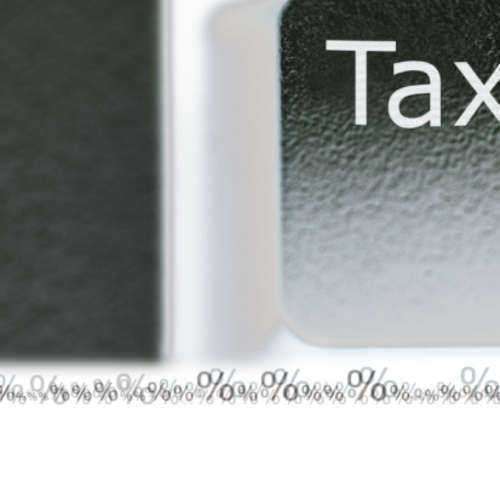
If an individual is no longer able to work due to a disability, he/she may qualify for a disability tax credit. Disability tax credits help to diminish or negate the amount of taxes that an individual owes the IRS. The United States government recognizes that disabled individuals may not have access to the income that other individuals do, because of their disability.
Many disabled individuals depend upon disability benefits and disability insurance payments to survive. In order to reduce the financial burden experienced by these individuals, the disability tax credits were established. In order for an individual to qualify for this tax credit, he/she must be a United States citizen who has not yet turned 65. He/she must be suffering from a permanent disability, which has forced him/her to retire from the working populations. An individual must also be depending upon disability payments for their primary income, in order to qualify for disability tax credits.
In addition to individual disability tax credits, a business or a corporation may acquire a disability tax credit. These tax credits only cover large businesses, however, they can significantly reduce a companies annual taxes. Following the establishment of the Americans with Disabilities Act, which was passed in 1990, companies were required to take all necessary measures to ensure that their work environments were accessible to disabled individuals.
Due to the extensive cost often associated with the necessary renovations and upgrades, the Internal Revenue Service agreed to offer some cooperative companies disability tax credits. This helped to encourage companies to initiate all renovations necessary to achieve accessibility.









































